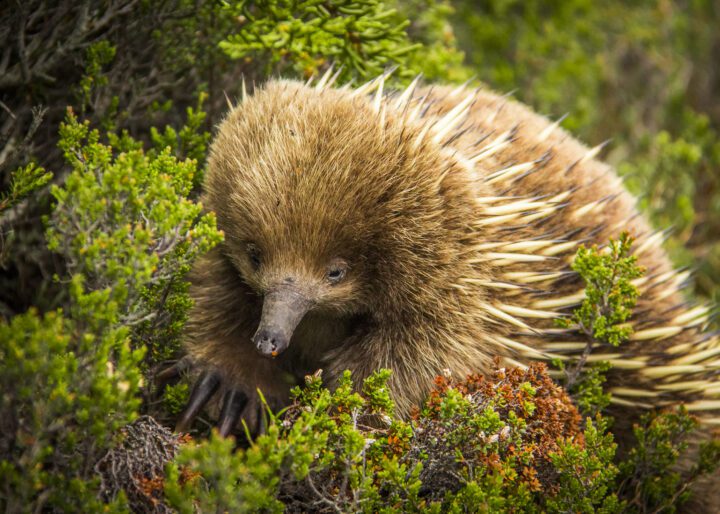Modify Speed
Modifying speed or magnitude of velocity is important for some living systems because it enables them to control their movement to access resources, escape predators, and more. Modifying speed requires not only overcoming inertia, but also minimizing the energy needed to make the change. Therefore, living systems have strategies to safely shift from fast to slow or slow to fast. An example is a bird called the kingfisher, which streamlines its body and feathers to quickly move from hovering over water to diving through the air and into the water. Once in the water, the kingfisher slows down by spreading its wings to avoid diving too deep.
Manage Impact
An impact is a high force or mechanical shock that happens over a short period of time, such as a hammer hitting a nail rather than a hand pushing slowly against a wall. Because of their speed and force, impacts don’t allow materials to slowly adjust to the force, which can lead to cracks, ruptures, and complete breakage. Therefore, living systems have strategies that can absorb, dissipate, or otherwise survive that force without the need to add large amounts of material. For example, the Toco toucan’s large beak is very lightweight, yet can withstand impacts because it’s made of a composite material with rigid foam inside and layers of a hard, fibrous material outside.
Move in/Through Gases
Living systems must move through gases (which are less dense than liquids and solids) such as those in the earth’s atmosphere. The greatest challenge of moving in gases is that because the living system is heavier than the gas, it must overcome the force of gravity. Moving efficiently in this light medium presents unique challenges and opportunities for living systems. As a result, they have evolved countless solutions to optimize drag and increase lift so that they can stay aloft and take advantage of variable currents. Additionally, they must overcome gravity when moving from a liquid or solid into the air. The fairyfly, the smallest known insect, is a tiny wasp that must move through the air. To the wasp, air feels like a heavy liquid and to move through it, it uses special feathery oars rather than wings.





